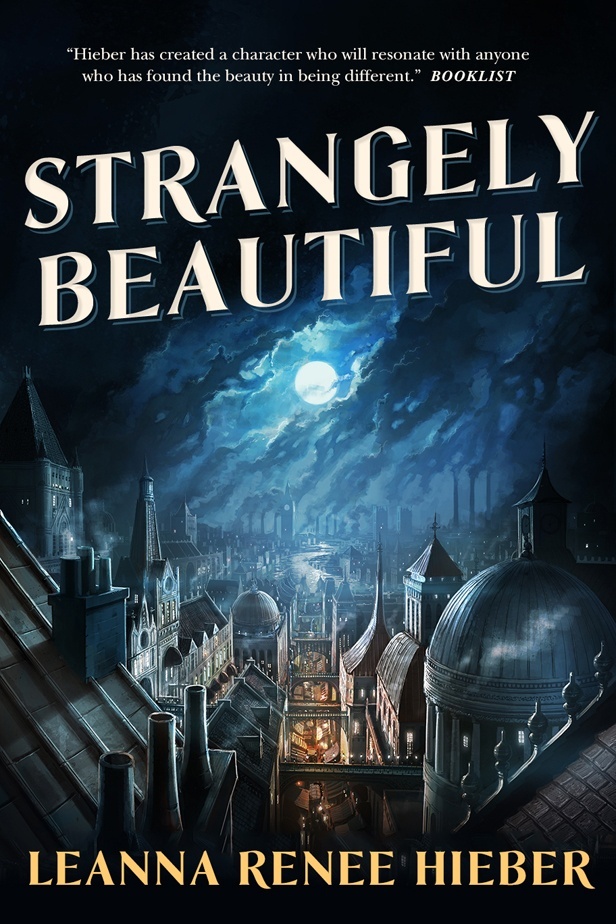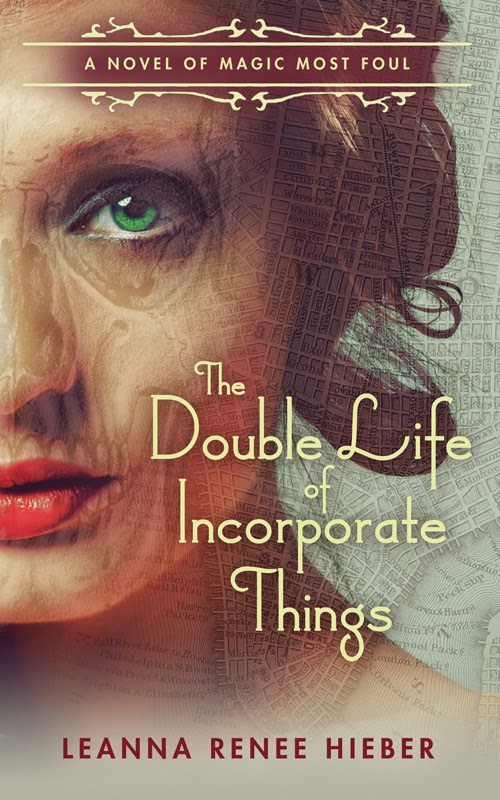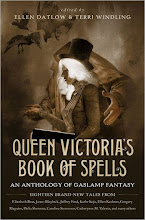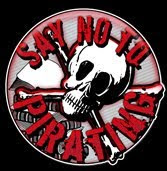History Repeats Itself
Unless we demand change.
It sickens me that the
112 dead in the fire at a Bangladesh factory supplying Walmart, Disney, Sears and Enyce factory is a mere replay of one of America's worst industrial tragedies a century ago, a subject I am VERY passionate about. You'd think humans would be a hundred years wiser or more compassionate. But Walmart's corporate culture isn't known for that.
Walmart and the other companies involved are complicit in the deaths of these people. That's very clear from
today's New York Times article saying Walmart blocked a safety push. It was just the same with the owners of the Triangle Factory. Walmart has a bunch of striking workers here in the USA just like Triangle did a century prior. The parallel is eerie and sad. History repeats itself, greed repeats itself, unless society demands better.
If you don't know about the Triangle Shirwaist Fire that happened on March 21, 1911 in New York City, please read on as I've reprinted my 2011 post. And here are two action items, as corporations will not change unless people demand they do and withdraw their business.
-
Walmart petition demanding better inspection.
-
Petition in support of Walmart's Striking U.S. Workers
TRIANGLE: REMEMBERING THE FIRE
(Reprinted
from my March 2011 post in the midst of worker's rights issues in Wisconsin):
For those of you who are used to my blog as containing only fluffy updates on books, travels, fun things… This is not one of those posts. This is history at its most tragic.
I’ve just finished watching a review copy of
Triangle: Remembering the Fire, premiering March 21st at 9pm on HBO, commemorating the 100th anniversary of the horrific Triangle Shirtwaist Factory fire. I’m wiping my eyes from profound bouts of tears. I’m not one for reviewing books or films, but this is an event that must never, ever, ever be forgotten. My devotion to and career in historical fiction drives me to share the basics of this horrific day in human history, and to encourage you to find out more for yourself, and never to take workers’ rights or workers’ safety for granted.
To be clear, I knew what I was getting into when I sat down with this subject matter. I was well aware of this fire and its infuriating details, first having learned about it during my training as a New York City Tour Guide, from the incredible
New York: A Documentary (which I could not possibly recommend enough, it is one of the best and most well-crafted series detailing the history and character of a city) where Ric Burns first taught me about the Triangle Shirtwaist fire in all its terrible details. I wept then, too.
I knew all the historic photos I’d see of the countless heaped, dead bodies on the street, young women having jumped to their deaths in a tangle of cloth and limbs. I knew the outrage I felt then, the same I’m feeling now and whenever I hear the words “Triangle Fire” and see those terrible sepia photographs in my mind’s eye.
There were a few new particulars about the fire that I learned from this 40 minute documentary, and I noted a few things they left out. There were extraordinary human stories as told from descendants of victims and survivors. The beautiful sepia portraits of the young female victims cry out for a better death than they were given. My tears flow now in part out of fear that all that has been put into place after the horrific events a century ago may be undermined if we as a society don’t demand the moral best of ourselves, our workplaces, and those who control them.
About the fire: The Triangle Shirtwaist Factory occupied the top floors of the Asch Building on New York City’s Washington and Greene streets. (Shirtwaists were women’s blouses and the workers were nearly entirely female). It was one of the only garment factories not to have allowed Union and Labor concessions after the
Uprising of the 20,000 that launched the Great Strike of 1909 where New York City women took to the streets for rights, safety and fair practices long before they gained the right to vote. Had Triangle implemented some of the safety precautions advocated in these concessions, this tragedy would not have occurred. But there was no federal mandate for factory safety at the time.
Near the end of the work day on March 25th 1911, a fire began on the 8th floor, likely started by a cigarette butt or end of match not entirely extinguished, dropped upon highly flammable scraps of pattern paper and cloth. The floors were jammed with sewing machines, about 300 or so per floor, and with all the paper and cloth (and no sprinklers as they were not required) it was a tinderbox. A telephone operator on the 8th floor phoned the 10th floor and many on that top floor escaped onto the roof and over to the adjascent NYU building where a Law professor and students provided assistance, but in the tumult the 9th floor was not informed until the fire was literally upon them. There were two exits per floor but some exits were locked- presumably to keep the girls from taking breaks. Staircases between floors were only two feet wide and wooden, quickly consumed. There were elevators and while the two noble elevator operators managed to get over 100 women out in about nine trips, bringing the car directly up into the flames, between the heat and weight of bodies jumping down the shaft, the car was incapable of making further trips.
Firefighters were on the scene quickly, but their ladders only reached the 6th floor, hardly helpful to those top floors. Some women began jumping out the windows as an alternative to being burned alive. 9/11 is all too present in our minds when we think of this. Life nets held by firefighters were useless, bodies fell through them. 146 deaths all told. The workforce was mostly Jewish and Italian girls. Girls. The average age of the victims was around 17 to 23.
It took 18 minutes. 18 minutes before there were no more jumping bodies, the floors utterly consumed, fire hoses battling the inferno. 18 minutes for one of the worst industrial accidents in the history of our country to burn a hole right through the heart of the world.
There's more to the story, to the fight, to the indignity. More that will touch and infurate you.
Please
visit this site to learn more. Please watch
Triangle; Remembering the Fire on March 21st on HBO. If you are in New York City,
please take part in the centennial events happening on March 25th. (I’m very upset I cannot attend. I would be there but I’m ironically engaged with many events at the Steampunk Industrial Revolution that weekend).
Details the documentary left out that I'd learned from New York: A Documentary:
- The fire escapes. There were fire escapes that were small and not well supported. The heat of the fire weakened the metal and the women that had poured out onto them dropped with the fire escapes when they gave way, crashing them fatally onto the pavement below.
- While management claims the locked doors were meant to curb breaks, others said it was to keep out Union organizers.
- The engagement rings. If I recall Ric Burns' work correctly, I believe there were 13 engagement rings on the charred fingers of the dead bodies.
(I won’t tell you how HBO's documentary effectively describes the different ways family members managed to identify a series of bodies, you’ll have to have your own tissues on hand for that.)
This is not just a historic event to be looked upon, considered, and filed away under ‘things I know about history’. If we’re not very careful and attentive to worker’s rights, safety standards and regulation, everything we take for granted about a work week and a safe environment could erode. It’s already eroding. Look at Wisconsin, and how workers’ rights have been stripped there; bargaining for pay and safer work spaces has been removed. It’s a slippery and frightening slope once basic rights begin to be taken away. As a member of three unions I fought hard to gain membership into, I so dearly appreciate what I’ve gained from the struggles of those brave women beaten on picket lines, I honour their deaths and I cry all the harder for those sacrifices that shouldn’t have been necessary if factory owners simply would have done the right things, all preventable things, all things that had been urged by the Fire Chief at the time and by Union organizers. It took an event as horrific as Triangle to force uniform change a century ago, and to people like Al Smith and his Factory Commission to enforce it. Labor Unions aren’t something to be looked at as outmoded. Unions are the very things that have fought for what the average American worker
now has the privilege of taking for granted. Please honor the memory of the 146 dead by not taking your rights for granted in all of your workplaces.
- Triangle: Remembering the Fire -
How you can commemorate


















